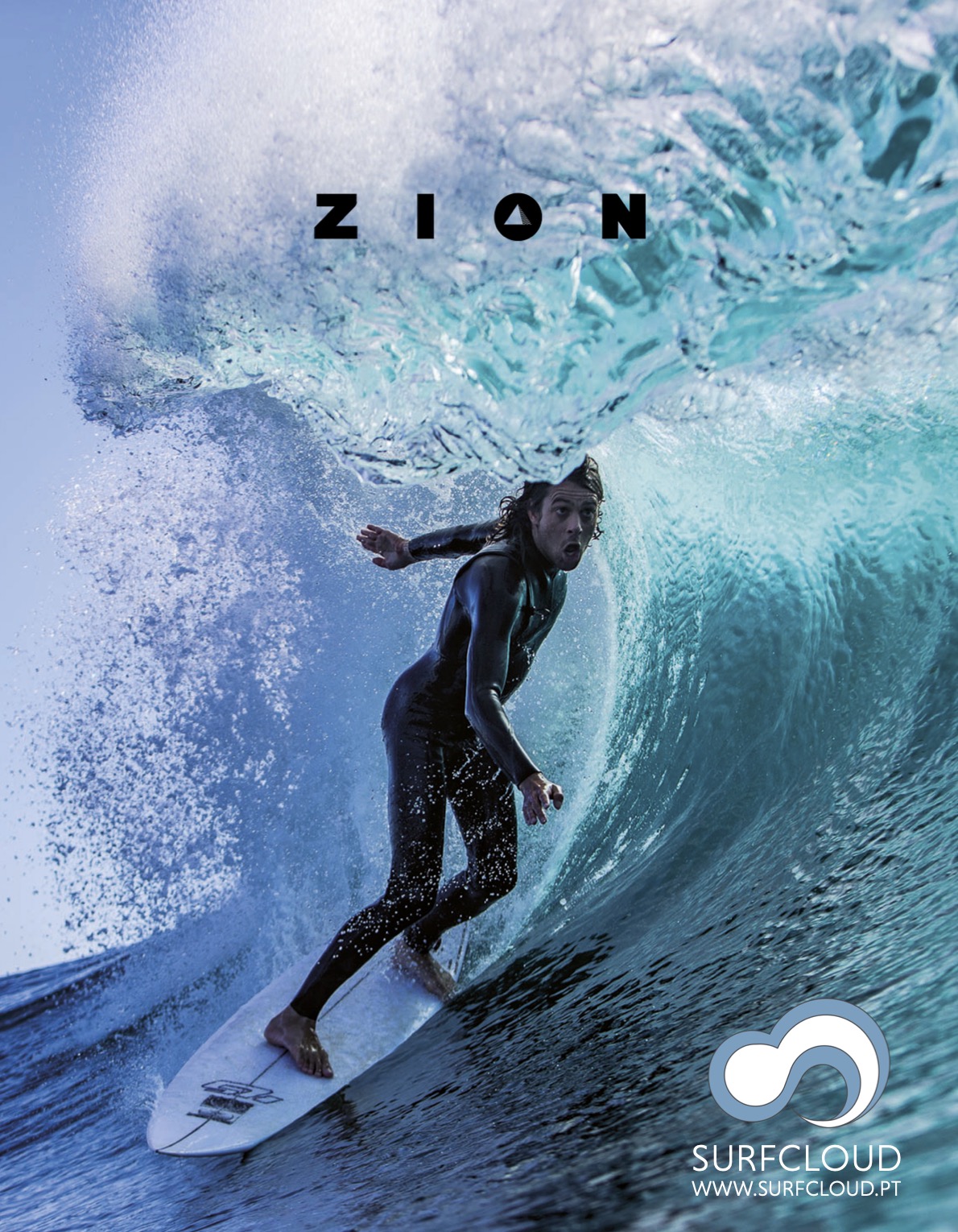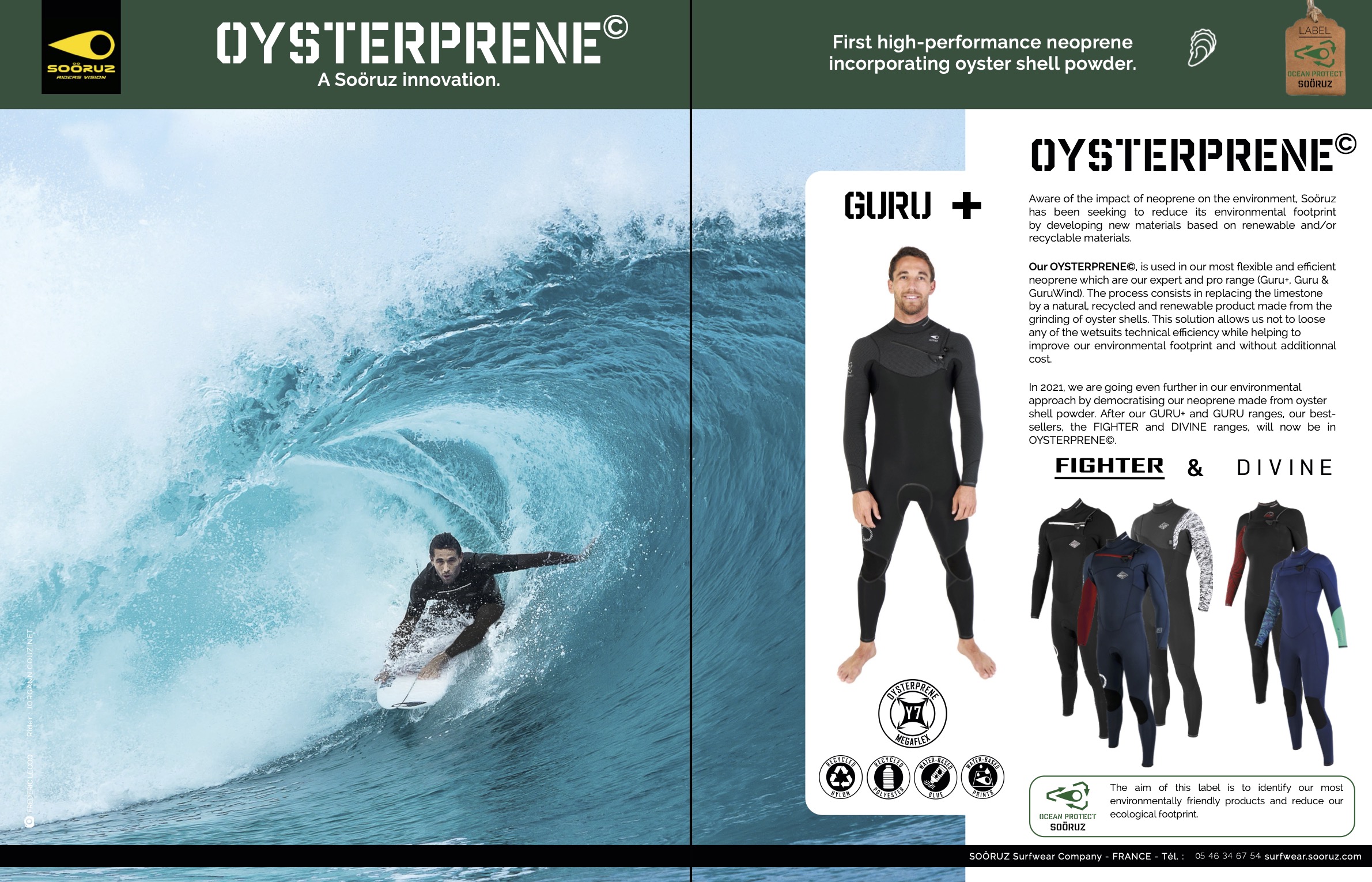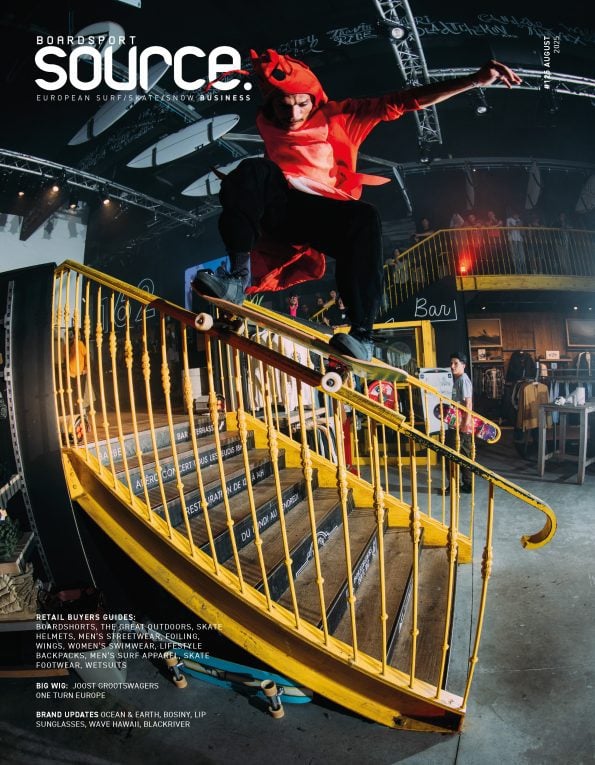![[108] Pyzel by Steve Sherman](https://www.boardsportsource.com/wp-content/uploads/2021/10/108-Pyzel-by-Steve-Sherman.jpg)
Big Wig Interview: Jon Pyzel Talks Surfboards, Biz & Competitive Surfing
Shaper to a number of the world’s top pro surfers, Jon Pyzel sits in this issue’s Big Wig hotseat to talk surfboards business. We get a gauge of how the pandemic’s affected his company and catch up on his views on competitive surfing in both the Olympics and on the CT. With a newly established European business we also explore their offerings here in Europe and just how he maintains their “Surfboards Built by Surfers” ethos. Interview by Source Editor, Harry MT. Photo credit goes to Steve Sherman
Please talk to us about your current business setup in Europe
Last year we established a sales and distribution company of our own called Sugar Mill Europe. Besides a separate licensee for the UK, we are now working with two different partners to build our boards (Polen Surf in Portugal and World Shapes in France) and we then handle all the rest of the business ourselves. We also just recently opened a retail/warehouse space in Biarritz, France where customers can come in to buy our boards and we ship stock directly to other shops in order to quickly fulfil their needs. These two things have really helped us provide all of the European surf shops with boards much faster and still maintain the high quality that we demand of ourselves.
What have been the highs and low points of the past 18 months for the brand?
As anyone in the surfboard business already knows, the past 18 months have been the busiest time ever in the industry! Our biggest challenge has been being able to make enough boards to keep up with demand without compromising our quality and to keep in line with our ethos “Surfboards Built by Surfers”. We have not gone to overseas manufacturers to make our boards, instead we are working with local board builders who employ many life-long craftsmen and give them good job opportunities. Supporting the European board building community is very important to us and we are stoked to be helping that grow!
What’s your current wait time on a custom surfboard production in California, Australia and Europe?
Generally, I would say between 6-10 weeks, and we always try to prioritize custom orders over stock boards if we can.
With raw material cost rises affecting retail prices, do you have some hope that finally we can see a lasting increase in surfboard prices to consumers?
We do our best to sell boards at prices that are fair, while still raising prices to accommodate our costs. To be honest, surfboards are still really under-priced. If you compare prices today to prices 15 years ago you will see that they have not gone up as much as everything else that we buy (except maybe computers, which have somehow become less expensive). People will pay $1200 for an iPhone that only cost $400 not that long ago, but they are a little upset that a surfboard price is $100 more than 3 years ago! Surfboards are handmade and require meticulous craftmanship for every step of the way, yet the industry pay scale has barely moved up in years. I would guess that boards cost about $500 LESS than they should if we actually adjusted our pricing to keep pace with inflation.
What are the raw material categories you’re struggling to source the most in the last 18 months and how have you improved your supply chain to combat this moving forwards?
We have been pretty lucky so far, but we are one of the bigger brands and have long standing relationships with our material suppliers. We have not had any major interruptions so far.
How do you feel about the WSL crowning their champion at Trestles?
I personally don’t like the idea at all. Gabe Medina has dominated the tour this year and in my eyes deserves to be crowned Champ! He has a great advantage going into the final day, but he could still lose to someone who has way less points than him if he loses just one heat. If he isn’t the World Champ this year, then I am calling that system a complete failure. The WSL wants to add drama and have an easily televised moment where a champion is crowned, but really it takes away from all the work that the surfers have done in many different events all year, all around the globe.
Talk to us about your Olympic experience. Lessons learnt and predictions for the future of Olympic surfing?
It was better than I had expected, but still has a long way to go to make it something that non-surfers can watch with any interest. I think the experience for the surfers themselves was really special. Being a part of the first surfing Olympics is something that they will never forget, well beyond most other events, so I am happy for everyone that was there. I hope that the next one will be in amazing waves and that it will be more entertaining for non-surfing audiences. That said, I am not sure that people who don’t surf will ever really care enough to get behind it all. Tahiti will provide more of what surfers really think about when they dream of a magical place to be in the water.
What’s the next trend in surfboard shapes?
I don’t ever know how to answer this question because I am constantly coming up with new designs and testing them with my team around the world. I just try to come up with shapes that help people have a better time in the water, from pro surfers to beginners.
With surf participation figures significantly up, what do you think the impact will be on the surf industry over the next few years?
I see the industry as a whole being lifted up right now and I don’t know why that would stop anytime soon. This pandemic has let people step back and take a look at what they value in life and it seems that many of them decided to try new things. Surfing lets you get outside and away from the worries of our everyday lives, and I am sure many people have found that to be amazing for them. We are stoked that we can be a part of that in some way and hope that surfing is helping people to have better lives than they did before discovering it.
Please can you talk to us about the carbon footprint of the company.
Currently we plant a tree for every board we sell globally through a group called Grow Ahead. It was really important to us to work with a company where we can see the results and have the confidence in making sure we are working on small scale projects that are helping actual people. Our carbon footprint is fairly low but we realize that surfboards are not the most environmentally friendly products on earth so we try wherever we can to be better. We are actually working on a pretty revolutionary packaging project with Peter King that you will hear about in the next few months that we are really excited about.
How do you see man made wave pools influencing surfboard design in the coming years?
Every time there is a new wave we tweak designs, wave pools definitely are no different and there will definitely be more coming online in the next few years.
What percentage of Pyzel boards sold are soft tops and how has this increased in recent years?
We have a separate brand that we started with John John called JJF by Pyzel that is only softboards so it is separate from our high performance business. This has really increased a lot even in the short time that we have been in it but to put it simply we can’t make nearly enough for the demand we have. I think this will eventually plateau, but the surf boom is definitely real and we are stoked to see new people get into the lifestyle of surfing.
Please talk to us about the Pyzel team and how athlete marketing has changed in recent years.
We have kept it pretty consistent, the largest change is the ability for team riders like Nathan Florence and Koa Rothman to have such influential outlets with their YouTube and social media channels. It’s super cool because fans are able to see their day to day and their real lives and get that connection, we are pretty stoked on how that has progressed over the past few years. Same with John John, his Parallel Seas production company puts out top level content that he is super stoked on and it’s insane to see him continually raising the bar on his projects.






